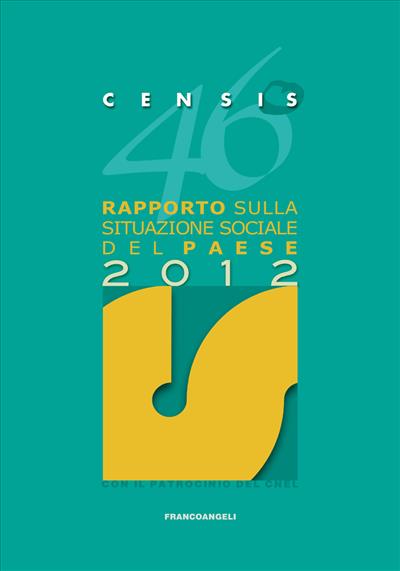
Italy today 2001.
Social picture and trends
Edizione a stampa
46,50
Edizione a stampa
46,50
Pagine: 256
ISBN: 9788846437860
Edizione: 1a edizione 2002
Codice editore: 2000.998
Disponibilità: Nulla




